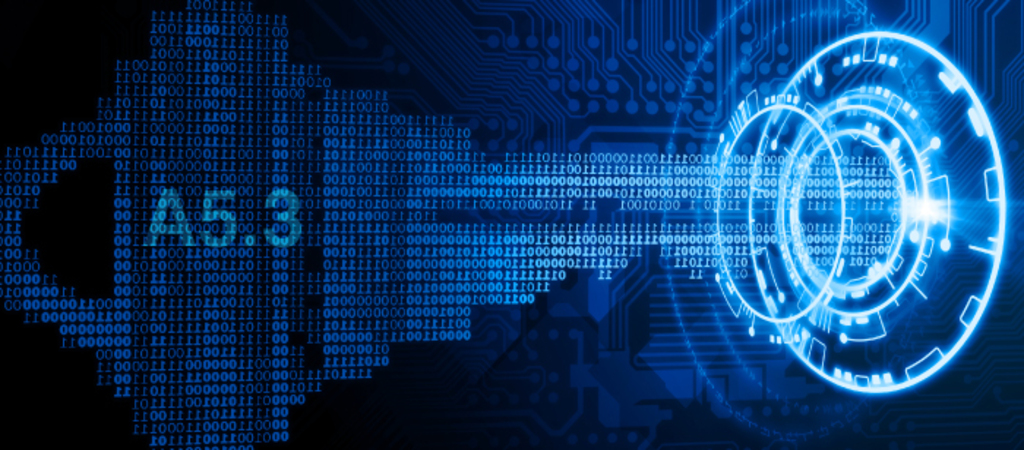
A5.3 Decryptor
A5.3 Decryptor

The confidentiality and security of GSM cellular telephony are safeguarded by the A5 Group of cryptosystems. The 1st two affiliates of this family, A5.1, and A5.2 were proposed in the late 1980s in an opaque procedure and were saved as a secret until they were reverse-engineered in 1999 from original handsets. Subsequently in 2002, the A5.3 algorithm was established for Third Generation GSM telephony, and its requirements were circulated in 2003.
Moreover, it is important to note that the usage of various encryption algorithms, A5.1, A5.2, and A5.3 by GSM, makes the task for the LEAs more difficult. Thus, if any LEA must intercept the GSM communications and ideally A5.3 Decryptors would be required to decrypt the communications.
Which is A5.3 Decryptor?
Generating two 114-bit keystream series, The GSM A5.3 algorithm utilizes one for uplink encryption/decryption and the other for downlink. A5.3 encryption also referred to as Kasumi, is a block cipher utilized to encode communications on 3G wireless networks.
Ideally, to decode GSM communications by utilizing the A5.3 encryption algorithm, an A5.3 Decryptor is required. However, the use of 128-bit encryption makes it impossible to decode it in real-time with standard computational devices. Hence a different technique is used to break the GSM cell phone communication which uses the Kasumi encryption algorithm.
The interception solutions in such cases use active techniques wherein the phones using A5.3 encryption algorithms are pushed to lower levels of encryption such as A5.1 or A5.2 and then are decrypted using their respective decrypting solutions. Thus, the need for having an A5.3 Decryptor is obviated. Stratign has multiple solutions to intercept cell phone communications.
